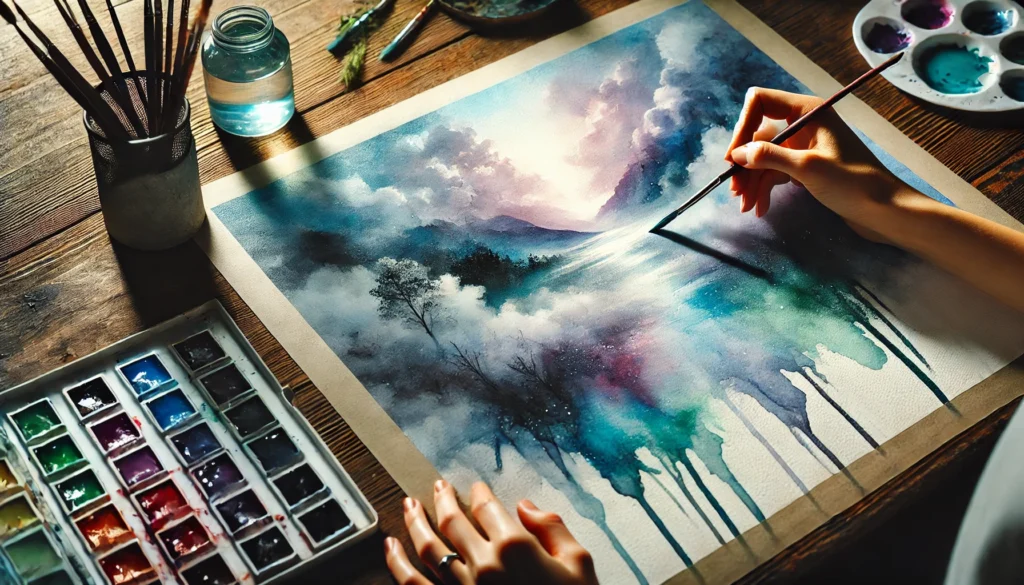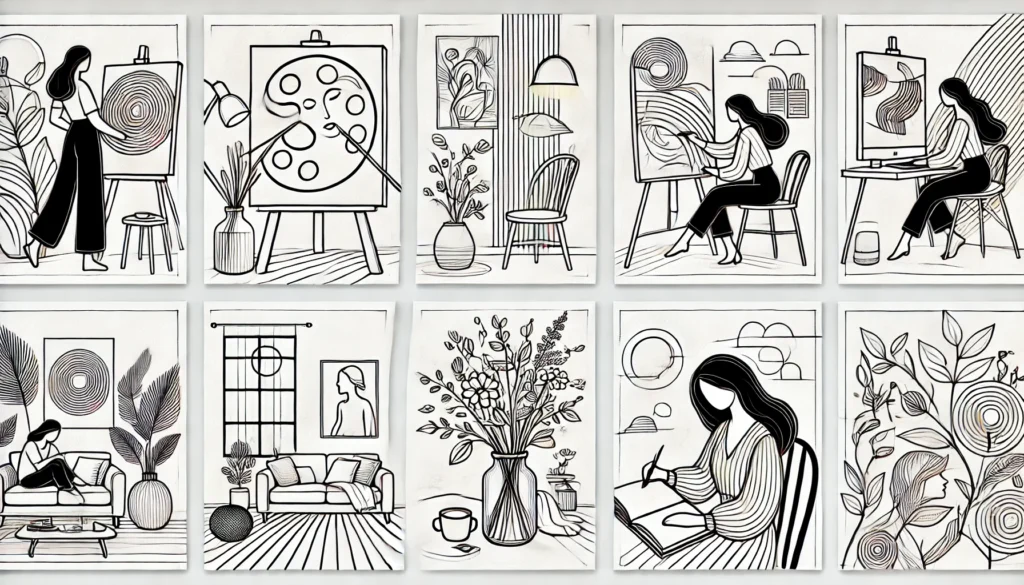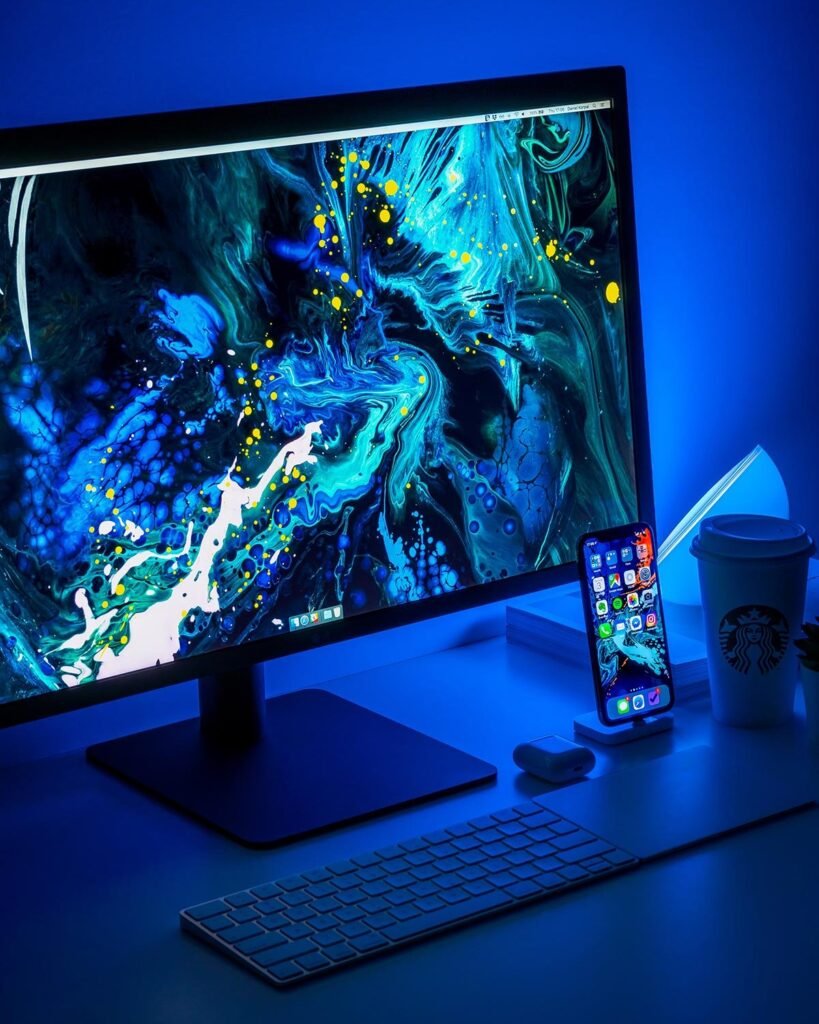Creative Journaling: How to Make Everyday Writing a Work of Art

Journaling is more than just putting pen to paper—it’s a powerful tool for self-expression, mindfulness, and creativity. By adding an artistic touch to your everyday writing, you can transform your journal into a space that inspires and delights you. Whether you’re a seasoned journaler or a beginner, creative journaling offers endless possibilities to infuse art into your daily reflections. Here’s how to get started:
1. Choose the Right Tools and Supplies
Your tools set the foundation for your creative journaling journey. Here are some essentials to consider:
- Journals: Opt for a journal with thick, high-quality pages that can handle different mediums like ink, paint, and markers.
- Pens and Markers: Experiment with gel pens, fine-liners, and brush pens for varied textures and effects.
- Art Supplies: Watercolors, colored pencils, washi tape, and stickers can add vibrancy and personality to your pages.
Having the right supplies on hand makes it easier to dive into creative experimentation.
2. Combine Writing with Visual Elements
Creative journaling is all about blending words with visuals to tell your story. Try these ideas:
- Doodles and Sketches: Add small drawings to accompany your entries. These could be literal representations of your thoughts or abstract designs.
- Calligraphy and Lettering: Practice decorative handwriting styles to emphasize important words or quotes.
- Collage and Mixed Media: Incorporate magazine clippings, photos, or pressed flowers to create a dynamic, textured look.
These elements can bring your words to life and make your journal uniquely yours.
3. Experiment with Layouts
A well-thought-out layout can make your journal entries more engaging and visually appealing. Here’s how to design your pages:
- Grid Layouts: Divide your page into sections for different types of content, like to-do lists, gratitude notes, and sketches.
- Freeform Pages: Let your creativity flow by combining elements organically without strict boundaries.
- Themes: Dedicate each page or spread to a specific theme, such as seasons, emotions, or personal goals.
Experimenting with layouts keeps your journal fresh and exciting.
4. Incorporate Prompts for Inspiration
If you’re unsure where to start, prompts can provide a helpful spark. Some ideas include:
- Gratitude Journaling: Write about three things you’re grateful for and decorate the page with related drawings or stickers.
- Mood Tracking: Use colors or symbols to represent your mood each day.
- Creative Challenges: Try daily or weekly themes, such as “illustrate your favorite quote” or “draw your dream destination.”
Prompts not only make journaling easier but also encourage you to explore new ideas.
5. Use Color to Set the Mood
Colors can evoke emotions and set the tone for your journal entries. Here’s how to play with color:
- Color Coding: Assign different colors to specific themes or emotions for better organization.
- Backgrounds: Paint or shade your pages with watercolors to create a soft, inviting backdrop.
- Accent Colors: Use bright or metallic shades to highlight key points or add decorative touches.
Let your intuition guide your color choices to make your pages visually harmonious.
6. Reflect and Evolve
Creative journaling is a journey of self-discovery and growth. Take time to:
- Revisit Old Entries: Look back at your previous pages to see how your style and thoughts have evolved.
- Experiment with New Techniques: Try out different art styles, mediums, and formats to keep your practice dynamic.
- Celebrate Progress: Acknowledge the effort you’ve put into your journal and how it’s enriched your life.
Your journal is a safe space to experiment, reflect, and grow—don’t be afraid to make it as unique as you are.
Final Thoughts
Creative journaling transforms everyday writing into a work of art, offering a fulfilling way to combine reflection and self-expression. With the right tools, techniques, and a dash of imagination, your journal can become a treasure trove of creativity and inspiration.
So, grab your favorite supplies and start turning blank pages into a vibrant tapestry of your thoughts and dreams. After all, your journal is more than a notebook—it’s a masterpiece in the making!

























































































